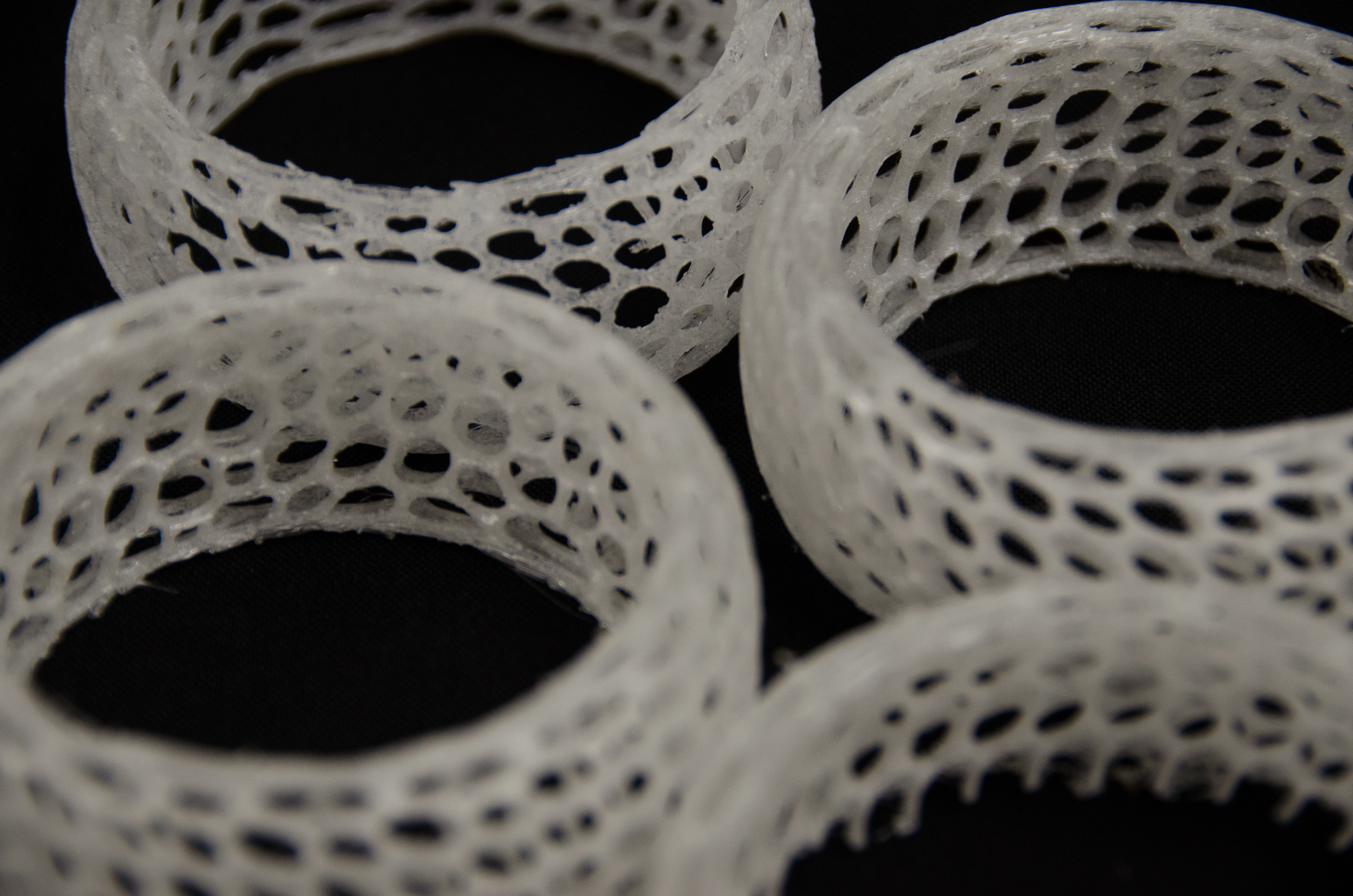Bioresorbable medical device materials are polymers that are broken down by the body over time. They are used in a variety of medical devices, including implants and sutures. Bioresorbable materials have many advantages over traditional materials, including being less likely to cause an immune response and being absorbed by the body over time.
There are a few different types of bioresorbable medical device materials, each with its own advantages and disadvantages. The most common types of bioresorbable materials are polylactic acid (PLA) and Polyglycolic Acid (PGA). PLA is slowly broken down by the body, while PGA is quickly broken down. To know more about bioresorbable medical device materials, you can contact TESco Associates.

Image Source: Google
Another type of bioresorbable material is Polycaprolactone (PCL). PCL is slowly broken down by the body and is often used for longer-term implants. PCL is also less likely to cause an immune response than PLA or PGA.
Choosing the right bioresorbable medical device material for your needs depends on a number of factors, including the type of implant you need, the length of time you need it to last, and your personal preferences. Talk to your doctor or surgeon to find out which material is right for you.
There are many different types of bioresorbable medical device materials that can be compounded. The three most common types are polylactic acid (PLA), polyglycolic acid (PGA), and polydioxanone (PDO). Each type of material has its own unique properties that make it more or less suited for different applications.
PLA is the most commonly used type of bioresorbable medical device material. It is strong and stiff, making it ideal for use in devices that need to support a lot of weight or withstand high levels of force.
